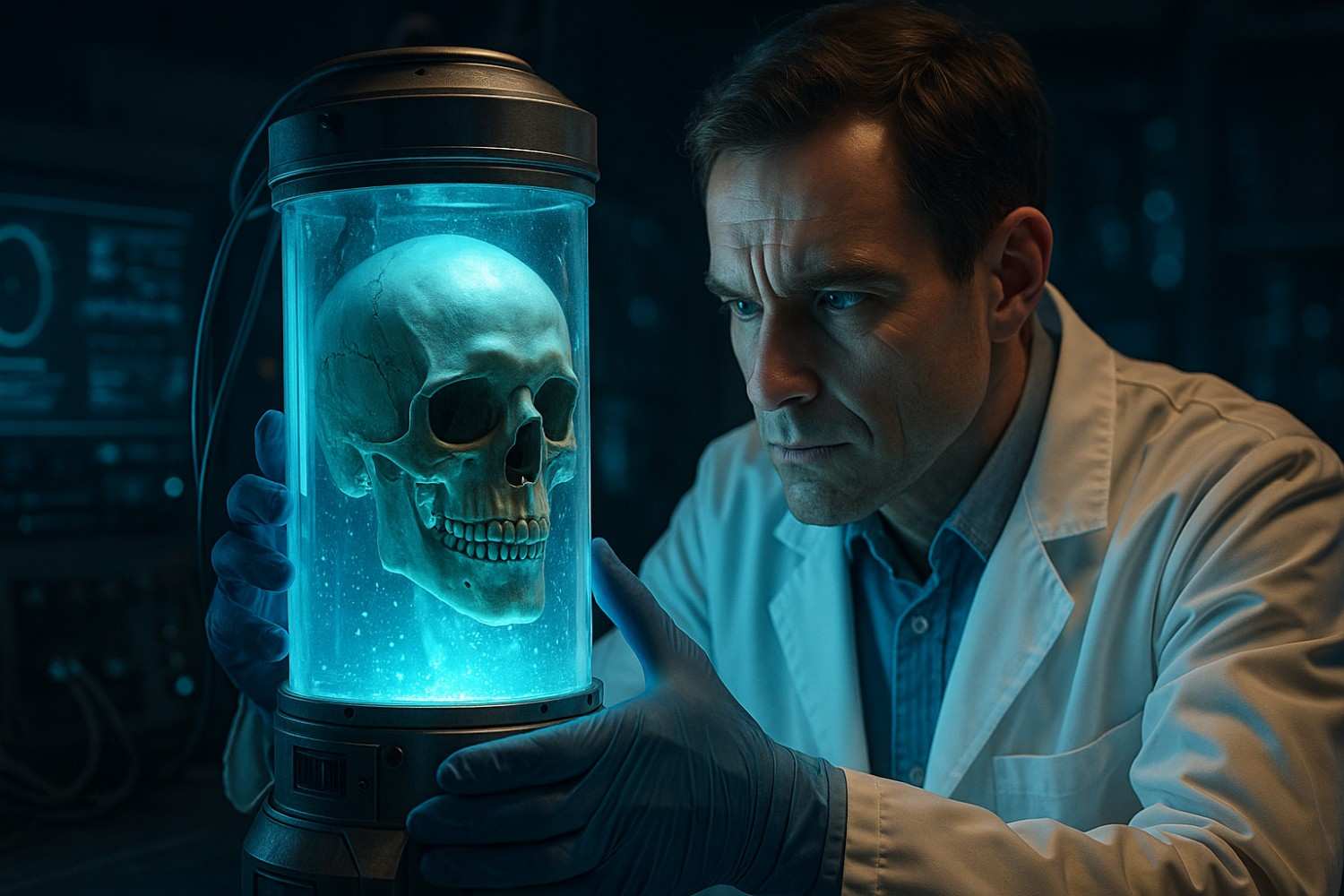For centuries, humanity has sought ways to defy the finality of death. Modern science has turned this age-old quest into a serious field of research, using cutting-edge technology and bold experimentation. From extending human lifespans to reanimating the dead, these approaches challenge the boundaries of biology and redefine what it means to be alive. Here are 15 fascinating methods scientists are pursuing in the fight against mortality.
1. Telomere Extension
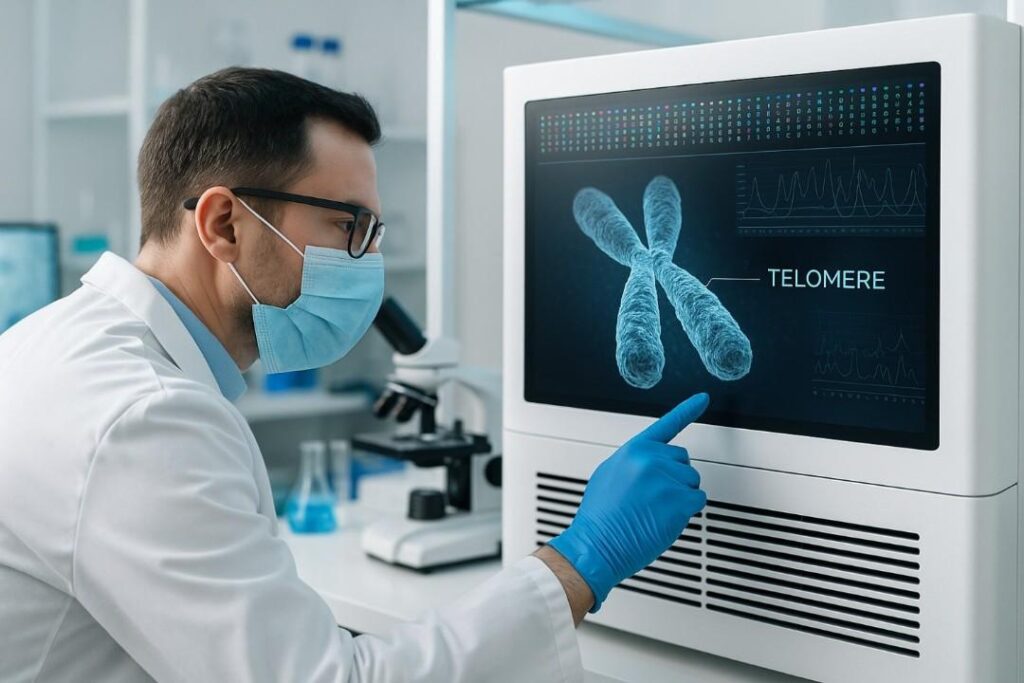
Telomeres are protective chromosome caps that shorten with each cell division, leading to aging and cell death. Scientists are exploring ways to lengthen telomeres using gene-editing tools like CRISPR and drugs such as TA-65. In mice, telomere extension has resulted in increased lifespan and improved health. Human trials are still in early stages, but the promise of slowing or reversing aging at the cellular level has sparked significant interest in anti-aging research worldwide.
2. Caloric Restriction

Caloric restriction involves reducing calorie intake without causing malnutrition. Studies in animals like mice and monkeys have shown that this practice can increase lifespan and delay age-related diseases. Researchers believe caloric restriction works by reducing metabolic damage and lowering inflammation. While its long-term effects in humans are still being studied, some individuals follow calorie-restricted diets in hopes of achieving similar longevity benefits.
3. Cryonics

Cryonics is the process of preserving the body (or just the brain) at ultra-low temperatures after death, with the hope that future technology will allow for revival and healing. Facilities like Alcor and the Cryonics Institute offer this service, attracting people who believe future medical advancements could restore them to life. While revival is not currently possible, the field continues to grow as scientists study ways to prevent cell damage during freezing and thawing.
4. Senolytics

Senolytic drugs are designed to target and destroy “senescent” cells—cells that have stopped dividing but don’t die, instead releasing chemicals that cause inflammation and aging. By clearing these dysfunctional cells, senolytics have shown promise in reversing age-related decline in animal studies. Early human trials are underway, raising hope for medications that could delay diseases like arthritis, Alzheimer’s, and cardiovascular problems.
5. Artificial Organs

Organ failure is a major cause of death, but advances in bioengineering have enabled the creation of artificial hearts, lungs, kidneys, and more. These devices can replace failing organs or support them until a transplant is possible. 3D bioprinting and stem cell technology are also being used to grow organs in the lab. Artificial organs are already saving lives, and future developments could make them even more effective and widely available.
6. Nanomedicine
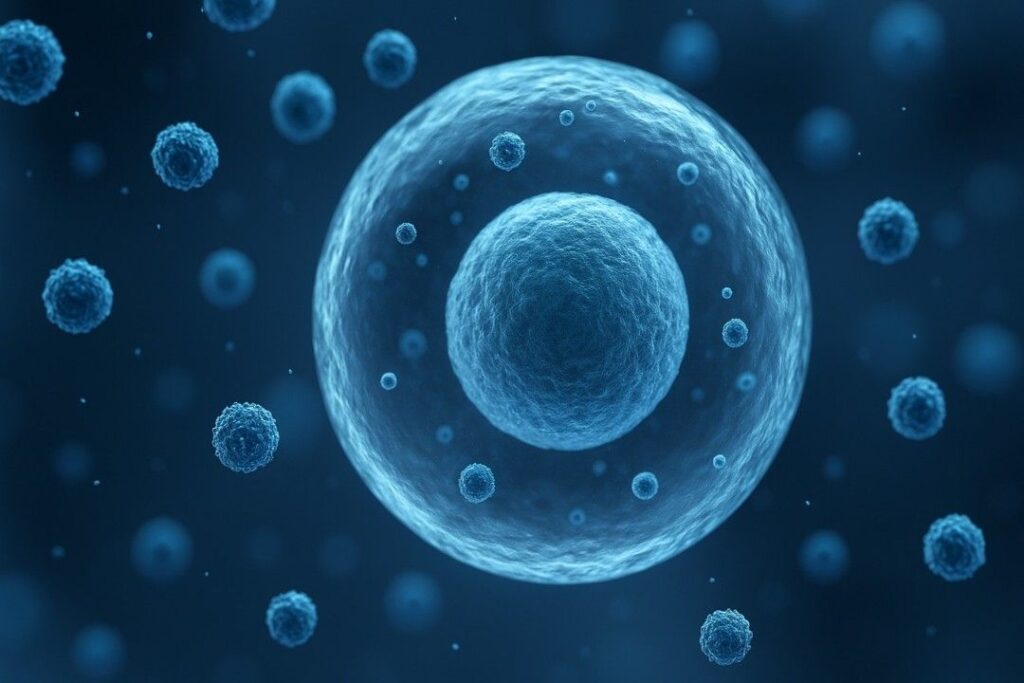
Nanomedicine utilizes tiny machines or particles—often just a few nanometers in size—to repair cellular damage, deliver drugs, or even destroy cancer cells. Scientists are developing nanobots that could patrol the body, identify problems, and make precise repairs at the molecular level. Though much of this technology is still experimental, breakthroughs in targeted drug delivery and imaging are already improving cancer treatments and diagnostics.
7. Cloning and Regenerative Medicine
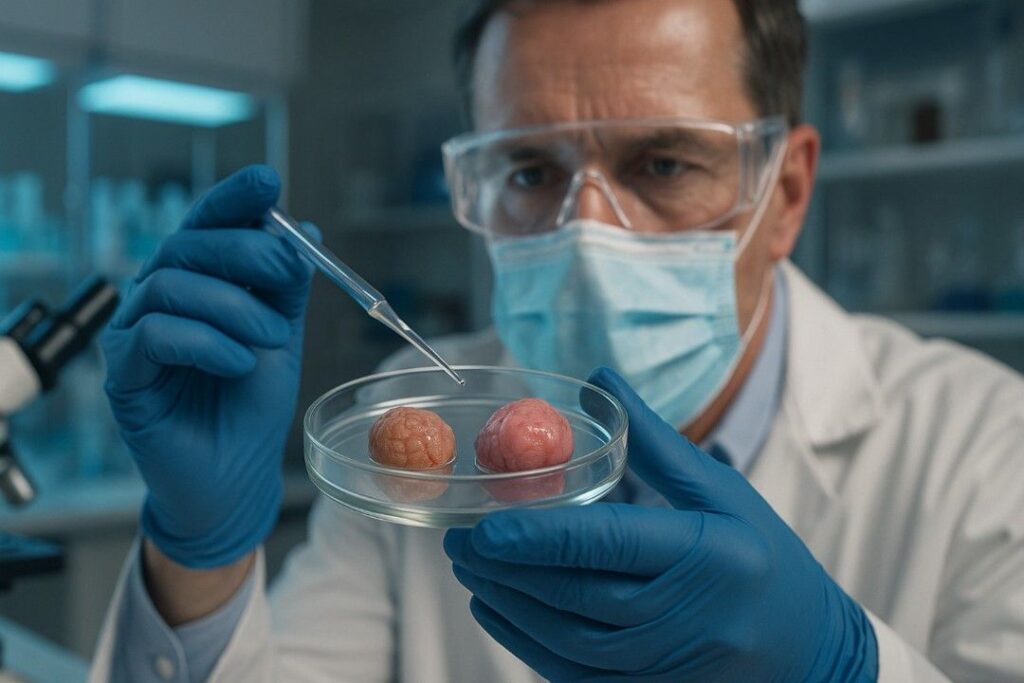
Cloning and regenerative medicine involve creating new tissues or entire organs from a patient’s own cells. Techniques like induced pluripotent stem cells (iPSCs) allow scientists to reprogram adult cells to become any type of tissue needed for repair or replacement. Researchers have already grown mini-organs, or “organoids,” for research purposes, and full organ regeneration could one day eliminate transplant waiting lists and reduce organ rejection.
8. Gene Editing
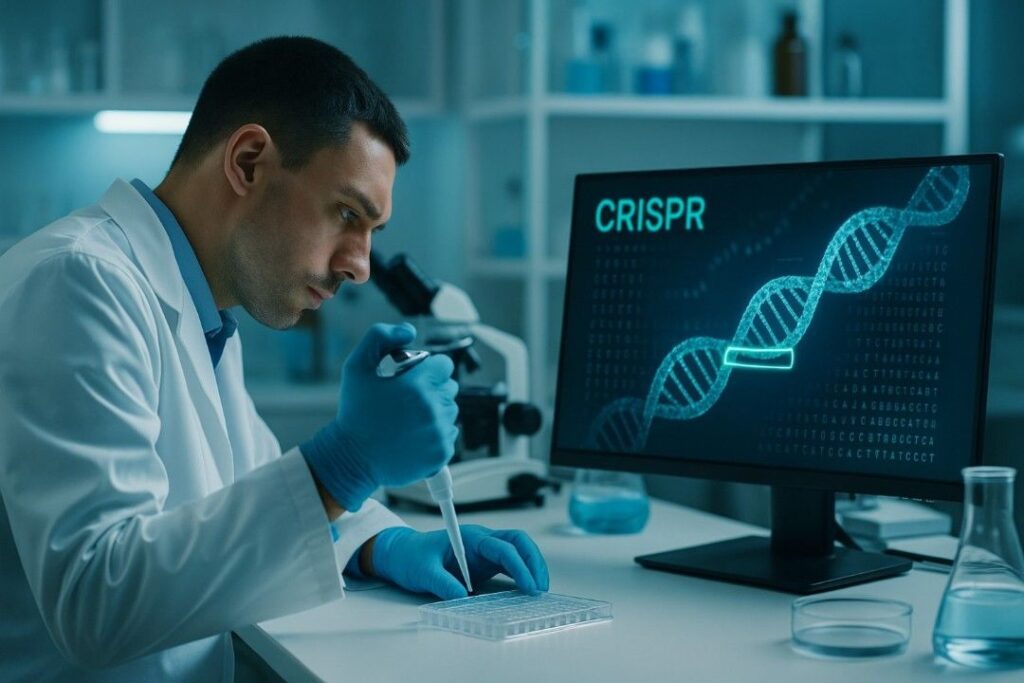
Gene editing technologies such as CRISPR-Cas9 offer the ability to modify genes responsible for inherited diseases and aging. Scientists have successfully used gene editing to correct genetic mutations in animals, raising hopes for treating conditions like Huntington’s disease, cystic fibrosis, and some cancers. While ethical concerns remain, gene editing holds tremendous promise for extending healthy lifespans and preventing premature death.
9. Mind Uploading
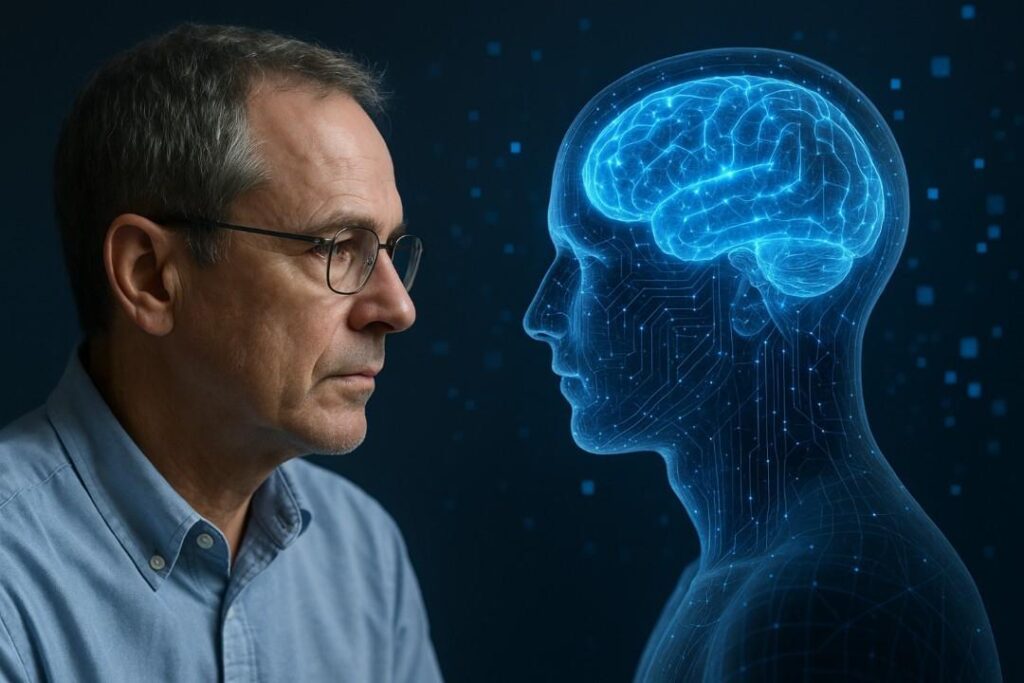
Mind uploading is the theoretical process of transferring a person’s consciousness, memories, and personality into a computer or artificial body. While purely speculative for now, research in brain mapping and artificial intelligence is advancing rapidly. Companies like Neuralink are developing brain-machine interfaces that could, one day, serve as the foundation for digital immortality—preserving the essence of a person beyond biological limits.
10. Anti-Aging Drugs

A growing array of compounds is being studied for their potential to slow or reverse aging. Rapamycin, metformin, and NAD+ boosters like nicotinamide riboside are being tested in clinical trials for their ability to delay age-related diseases and extend lifespan. While no “magic pill” exists yet, early results are promising, and some of these drugs are already in off-label use by longevity enthusiasts.
11. Blood Transfusions and “Young Blood” Therapies

Some studies suggest that transfusing blood from young animals into older ones can reverse aspects of aging, improving brain function and muscle strength. This controversial approach, known as parabiosis, has sparked research into “young blood” factors—specific proteins or molecules responsible for rejuvenation. Clinical trials in humans are underway, but the science and ethics of these treatments remain hotly debated.
12. Artificial Intelligence Healthcare
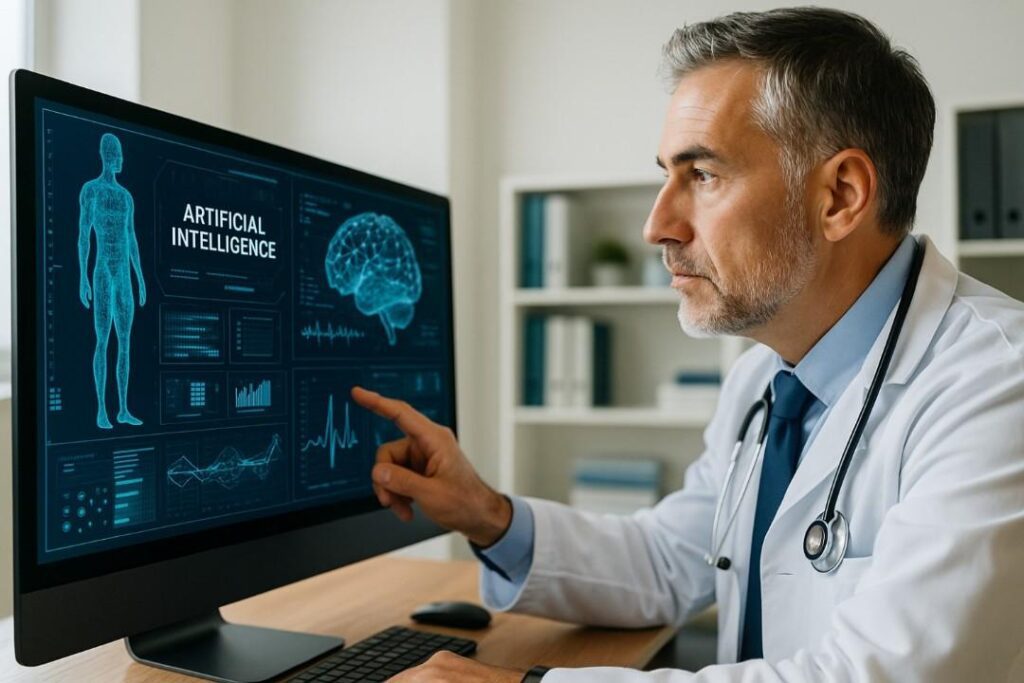
Artificial intelligence is revolutionizing healthcare by analyzing vast amounts of data to predict, diagnose, and treat diseases more accurately and quickly than ever before. AI-powered tools are helping scientists identify new drug candidates, optimize treatments, and even detect diseases in their earliest stages. By catching illnesses before they become fatal, AI could help extend both lifespan and healthspan.
13. Cross-Species Organ Transplants (Xenotransplantation)

The shortage of donor organs has led scientists to explore xenotransplantation—transplanting organs from animals, such as pigs, into humans. Recent advances in gene editing have reduced the risk of organ rejection and viral transmission. In 2022, doctors successfully transplanted a pig heart into a human patient, marking a significant milestone. As techniques improve, xenotransplantation could save countless lives lost to organ failure.
14. Whole-Body Vibration Therapy

Whole-body vibration therapy uses controlled vibrations to stimulate muscles and bones, potentially mimicking the benefits of exercise. Some studies suggest it can improve bone density, muscle strength, and circulation, especially in older adults. This therapy can enhance mobility and quality of life, supporting longer, healthier lifespans, though it should not replace physical activity.
15. Immune System Rejuvenation

Aging weakens the immune system, making people more susceptible to infections and diseases. Scientists are investigating ways to rejuvenate immune function, such as regenerating the thymus gland or infusing the body with engineered immune cells. Experimental therapies have shown promise in restoring immune strength and reducing the impact of age-related illnesses, moving us closer to a future where aging does not mean inevitable decline.

